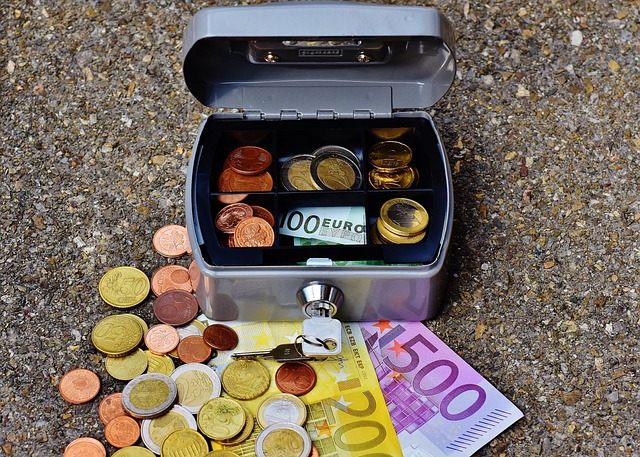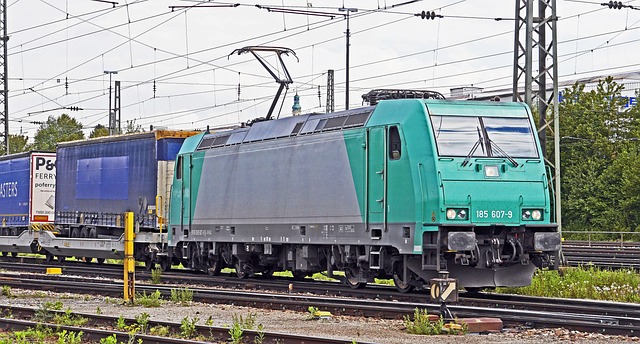The title loan repossession process starts with a lender's notification to the borrower, offering a grace period to rectify missed payments. If unsuccessful, legal authorization is obtained for the physical repossession of the secured vehicle. Post-repossession, lenders assess the vehicle's condition and value, which can impact the remaining loan balance or potential refunds. Loan extension or settlement options may be offered. After repossession, understanding your rights—including negotiating a buyback or settlement—is crucial, as local laws may provide protections for keeping the vehicle.
“Unraveling the intricate details of a title loan repossession process is paramount for borrowers and lenders alike. This informative guide aims to demystify each step, from initial default notification to vehicle recovery. We’ll explore what happens when a secured loan goes unpaid, highlighting the rights and options available to both parties. By understanding these procedures, individuals can navigate potential challenges more effectively, ensuring a transparent and fair outcome in case of repossession.”
- Understanding the Title Loan Repossession Process
- What Happens During Vehicle Recovery?
- Your Rights and Options After Repossession
Understanding the Title Loan Repossession Process

When a borrower defaults on their title loan payments, the lender initiates the title loan repossession process to reclaim the secured vehicle. This procedure involves several key steps designed to ensure fairness and transparency for both parties. Initially, the lender sends a notification to the borrower, outlining the missed payment(s) and the consequences, which often include a grace period to bring the loan current. If the borrower fails to rectify the situation within this timeframe, the lender will proceed with the repossession.
The next stage involves notifying relevant parties and obtaining legal authorization. This may include filing a complaint in court or using other legal means to gain possession of the vehicle. Once approved, the lender’s agent will physically take control of the vehicle, typically at the borrower’s location. Following repossession, the lender assesses the vehicle’s condition and value, which can impact the remaining loan balance or any potential refund of excess payments made by the borrower. The lender may also offer options for loan extension or settlement to facilitate a smoother process for the borrower.
What Happens During Vehicle Recovery?

When a borrower defaults on their title loan payments, the lender initiates the title loan repossession process. This typically starts with several attempts to contact the borrower and resolve the delinquency through negotiation or arrangement of payment plans. If these efforts prove unsuccessful, the lender will proceed with the repossession.
During vehicle recovery, the lender’s agent will travel to the borrower’s location to physically take possession of the secured vehicle. This process involves assessing the condition of the vehicle, ensuring it can be safely transported, and documenting any existing damage. Once recovered, the vehicle is usually taken to a secure location where it remains until the loan debt is satisfied or repossession proceedings are further escalated. For types of loans like boat title loans or truck title loans, the recovery process follows similar steps, with an emphasis on ensuring the specialized nature and value of these assets are considered throughout.
Your Rights and Options After Repossession

After a title loan repossession process, it’s important to understand your rights and options. If your vehicle has been taken by the lender due to non-payment or default on the loan, you do have choices. One option is to negotiate with the lender for a possible buyback or settlement of the debt, which could allow you to regain possession of your vehicle. This is especially true if you’ve had difficulty making payments due to unforeseen circumstances.
Additionally, depending on your location and local laws, there might be regulations in place to protect borrowers. These laws can sometimes enable you to keep your vehicle if certain conditions are met. For instance, some jurisdictions offer a cooling-off period or redemption options during the repossession process. It’s crucial to familiarize yourself with these rights and consider loan refinancing as a viable solution if you’re facing financial strain, enabling you to maintain control over your assets and avoid unnecessary stress.
The title loan repossession process is a complex yet crucial step for both lenders and borrowers. By understanding what happens during vehicle recovery and knowing your rights afterward, you can make informed decisions. While repossession may seem like the end, exploring options like buying back the vehicle or negotiating terms can provide a fresh start. Staying proactive and aware of legal protections ensures a fairer outcome, helping you navigate this challenging period with confidence.






